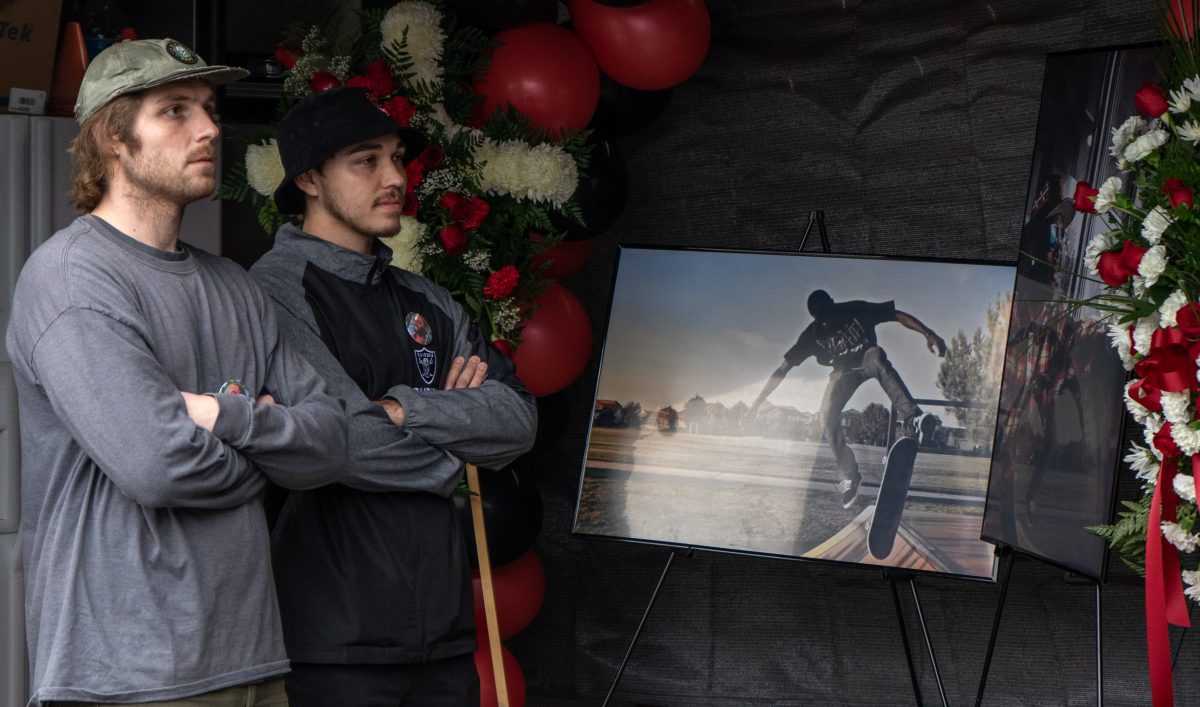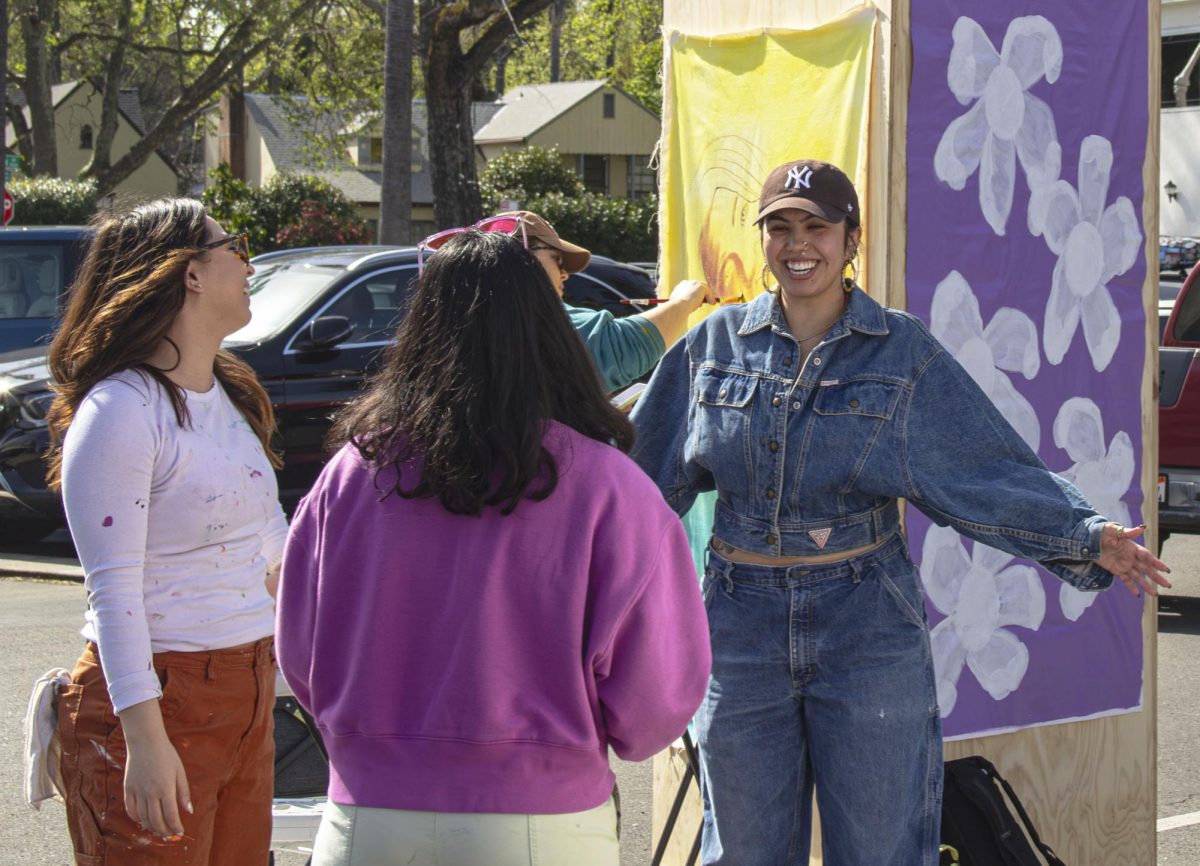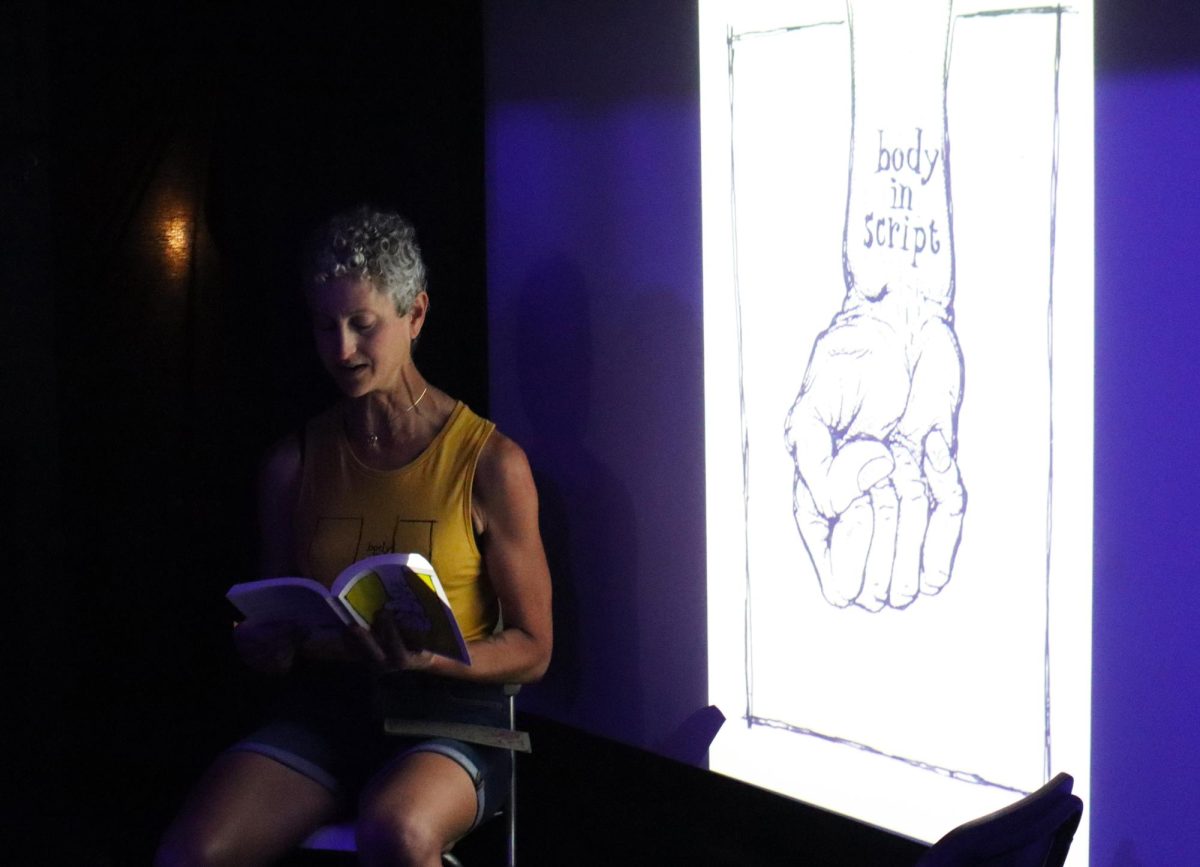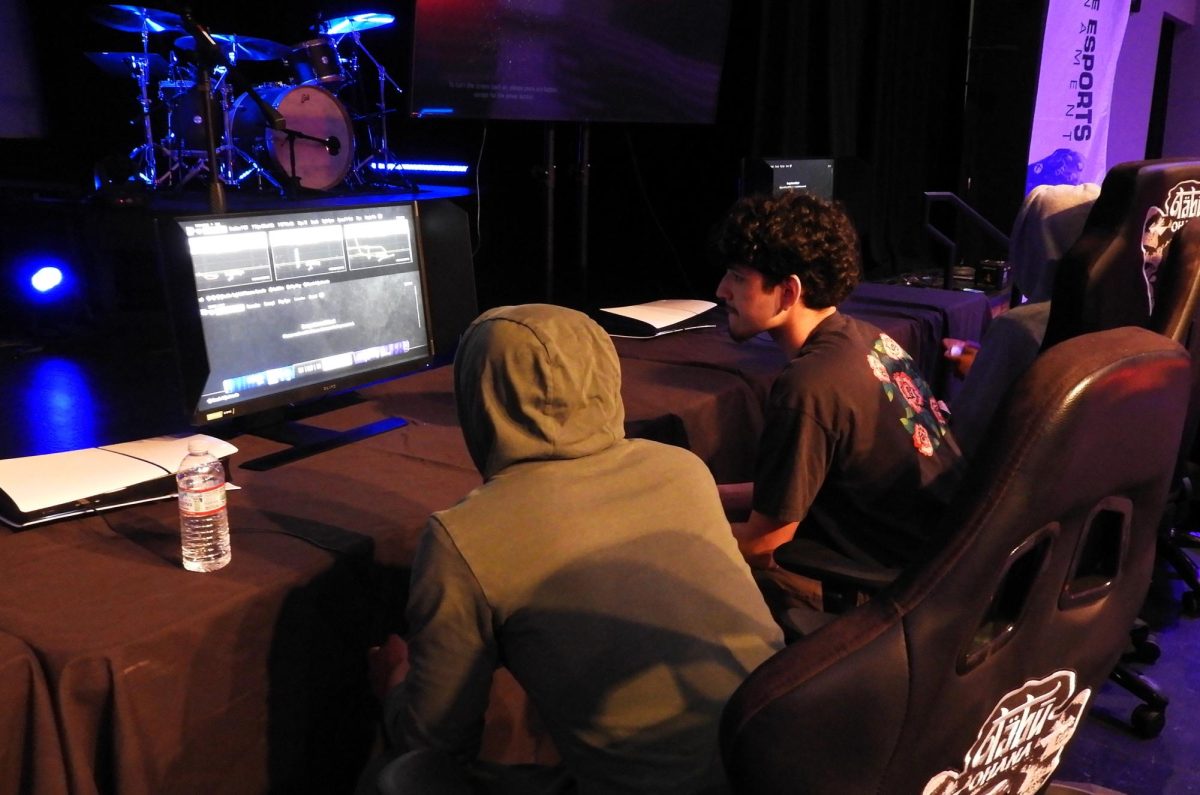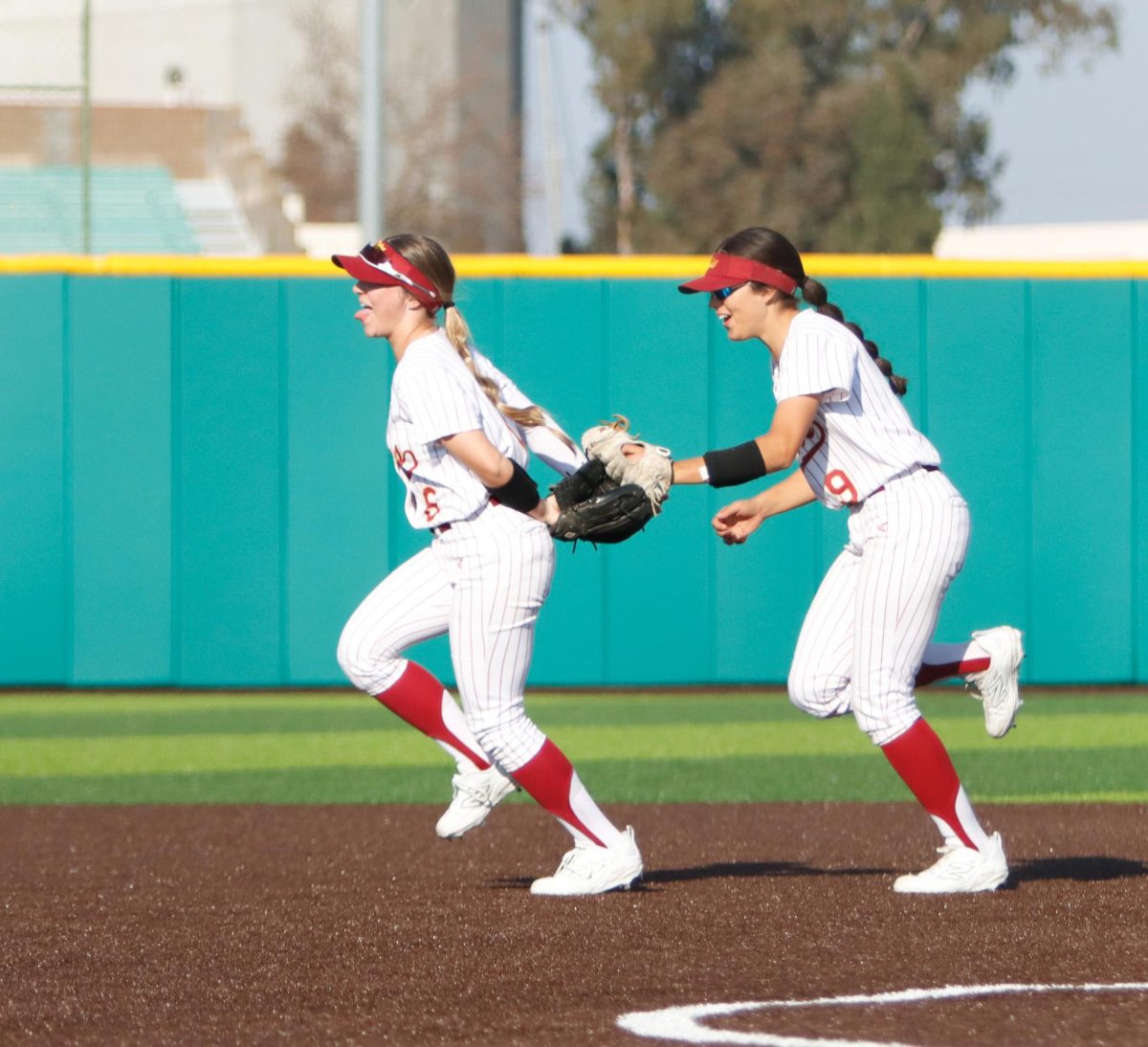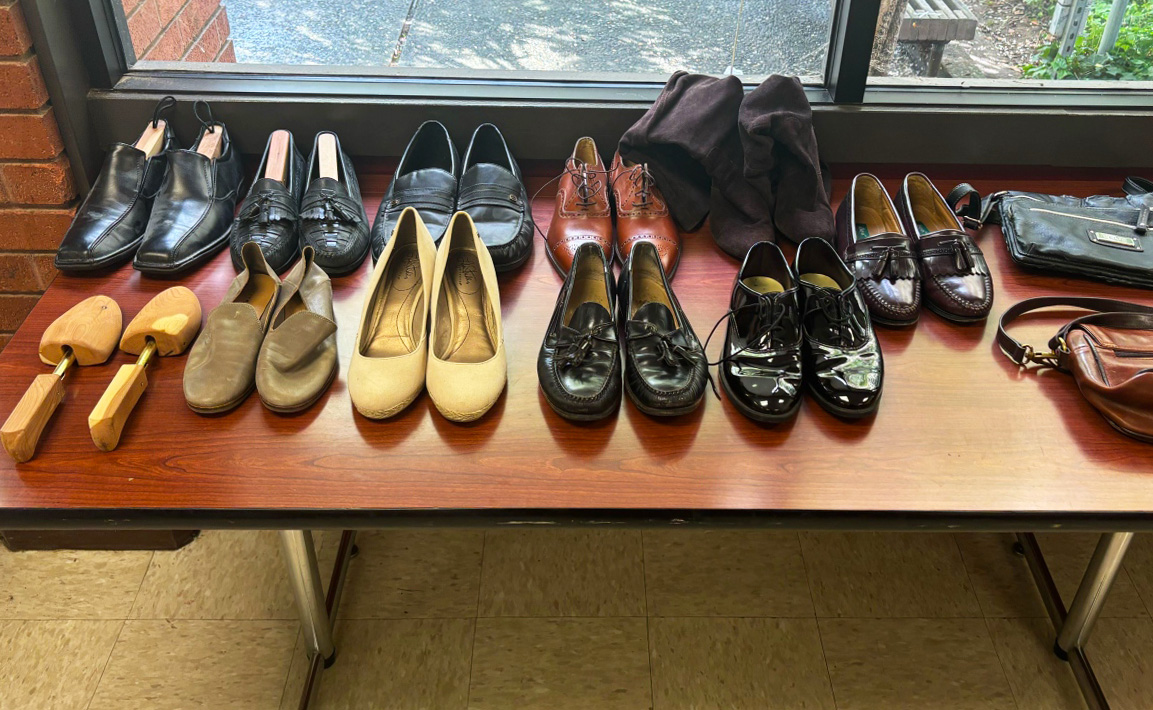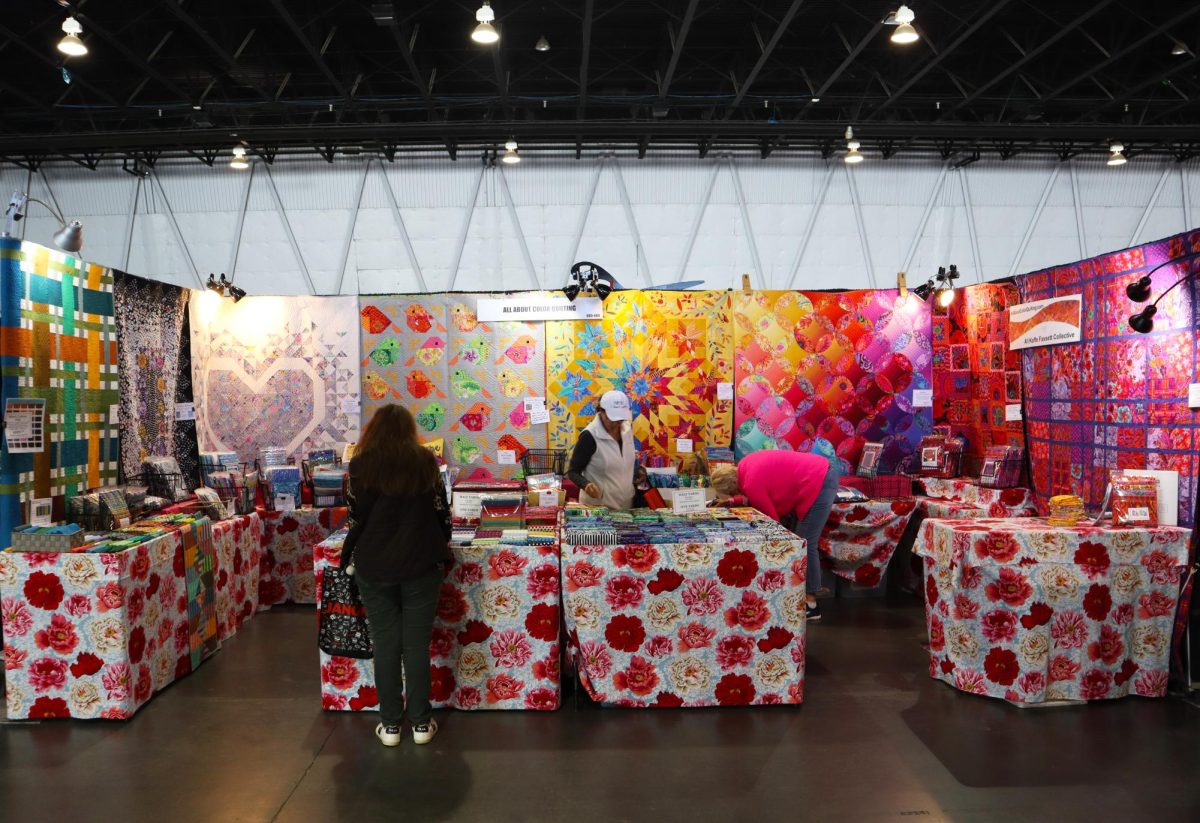COVID-19 has changed daily lives since the statewide shelter-in-place order was put in place by Gov. Gavin Newsom March 19. While restaurants have changed to takeout only, department stores have closed and social gatherings have stopped, newsrooms around the world have not.
Sarah Ravani, reporter at the San Francisco Chronicle, is still reporting the news, but now instead of doing so from the newsroom, she’s in her living room. A former Express staffer and news editor in 2007, Ravani has worked at the Chronicle for three and a half years.
“One day we’re all working from the office, and then the next day we’re all told we can not come back to the office,” Ravani said.
The shelter-in-place order for the Bay Area was announced March 16, but the Chronicle had started to have its reporters work from home a few days before that, according to Ravani. She said the Chronicle does disaster preparedness every year, but in the form of an earthquake drill.
“We all have every specific assignments in the case of a really bad earthquake and our newsroom is inaccessible: How do we function? What do we do? What [are] our criteria?” said Ravani. “So we have had some level of disaster training, but this is the first time I think in our history where our newsroom has been completely remote.”
Ravani said the Chronicle newsroom recently underwent a reorganization to handle coverage of the pandemic. Her usual beat consists of reporting news in Oakland and the East Bay.
“I cover city politics, homelessness, big construction projects. Anything that happens in the East Bay is basically under my coverage area, and, of course, that still stands, to some degree,” Ravani said. “Now, with our reorganization, I’m on our public health team. Now I’m a reporter covering public health, county responses in the Bay Area, and all of us have been reshuffled in a way to be able to address this pandemic.”
The pandemic has led to a “fast-changing news cycle,” according to Ravani, who explained that she was assigned a story on face masks and had to update the article multiple times during, before and after it was published.
“Everything that’s happening within this pandemic changes hour by hour. An hour can feel like a lifetime in terms of how much is moving and changing and updating,” said Ravani.
While she is reporting mostly by phone, Chronicle photographers have taken additional safety measures and are still going out on daily assignments, according to Ravani.
“Our photographers are really incredible. They are on the front lines of this pandemic in terms of documenting the crisis,” said Ravani. “They are taking a lot of safety precautions, and our editors are making sure that they aren’t putting themselves in harm’s way or endangering themselves. But they’re out there. If you look at our website, we have new photos every day.”
While Ravani said she doesn’t mind working from home, there have been some drawbacks.
“I don’t see my editor. That editor to reporter relationship is so incredibly important,” said Ravani. “And, yes, we’re always in communication, but there’s something really valuable about that face-to-face connection. You’re coordinating everything over the phone, and I think that can get kind of stressful. But we’re adjusting constantly, and it’s a learn-as-you-go type of thing.”
Recent articles by Ravani:
https://www.sfchronicle.com/bayarea/article/Bay-Area-coronavirus-patient-s-road-to-15195869.php


